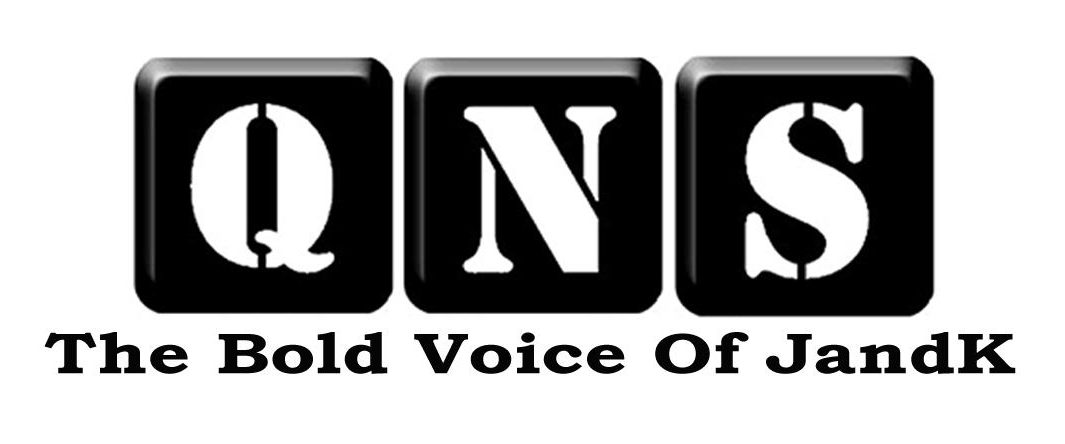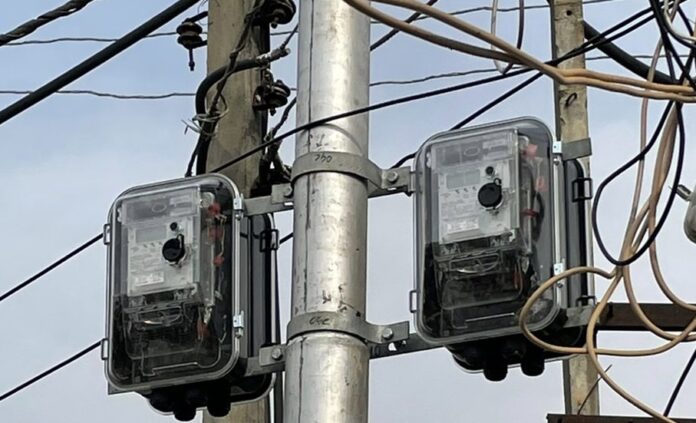Srinagar, Feb 16: The Power Development Department (PDD)’s effort to install smart meters across Jammu and Kashmir has started paying dividends.
According to official data, J&K recorded a 10 percent increase in power tariff collection in the fiscal year 2023-24, owing largely to the smart metering initiative.
The installation of smart meters, which allow real-time monitoring of electricity consumption, began in 2021. Announcing the budget for J&K in the Parliament, Union Finance Minister Nirmala Sitharaman said that 4.61 lakh smart meters had been installed in J&K by January 2024
The accurate real-time data on power consumption provided by these smart meters has enabled the department to plug leakage and pilferage losses
This has directly translated into increased revenue realisation, with power receipts during 2023-24 at Rs 4600 crore, a noticeable jump from the previous years.
On average, J&K spends Rs 8500 crore on power purchases from outside while its revenue collection in terms of power tariff collected is not up to the mark.
The mismatch between the amount spent on power purchases and revenue realised from consumers has to be borne by the government. Now, the Centre has asked the J&K government to complete the smart metering project to bring down AT&C losses and also bridge the gap in revenue collection.
“The smart metering initiative has started showing results in terms of increased revenue collection. We hope to see even greater benefits after the installation is completed across J&K,” a senior official in the Power Development Department said.
The department has set a target to install smart meters across 100 percent of power connections in J&K by March 2025.The amount of electricity consumed per person has increased by 66 percent in the last 10 years, an average annual increase of 6.6 percent.
This rise is attributed to the expanding use of electric devices and appliances in homes and businesses. Currently, there are 21.95 lakh electric connections or consumers of different categories in J&K who are supplied electricity.
The infrastructure for power generation, transmission and distribution in J&K has struggled to keep pace with the growing demand.Officials hope the initiative, once completed by 2025, will help manage the demand-supply gap better while increasing revenues for power infrastructure development.









